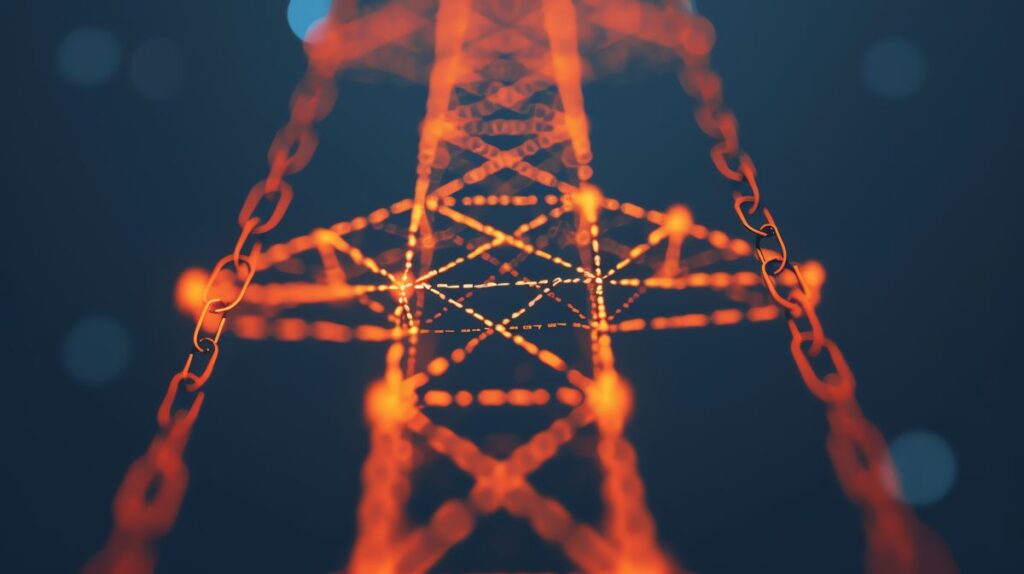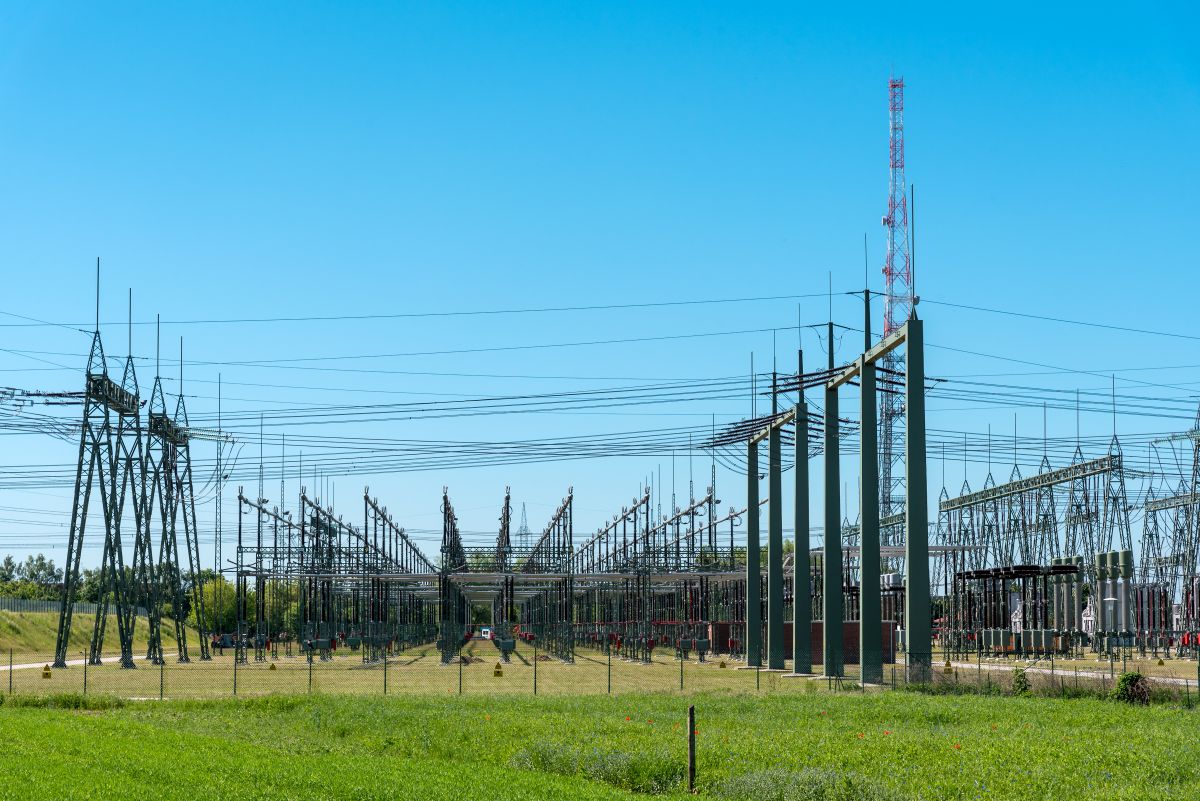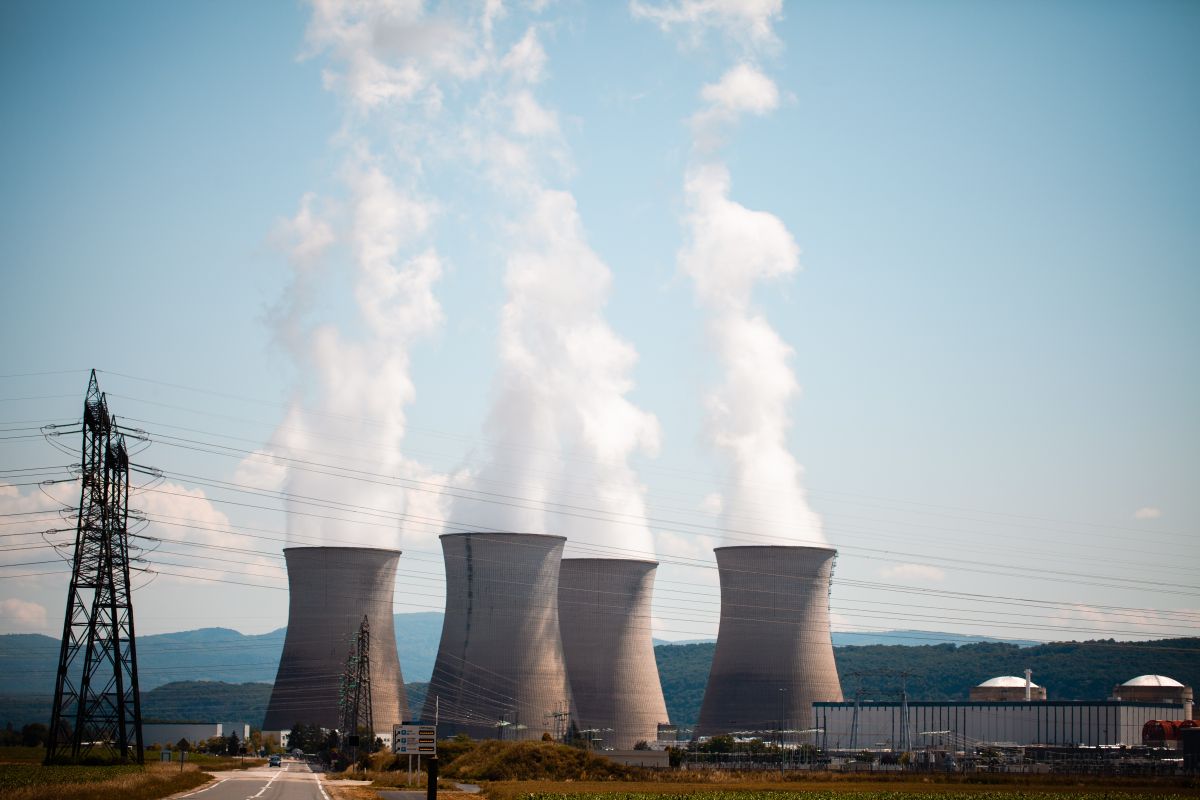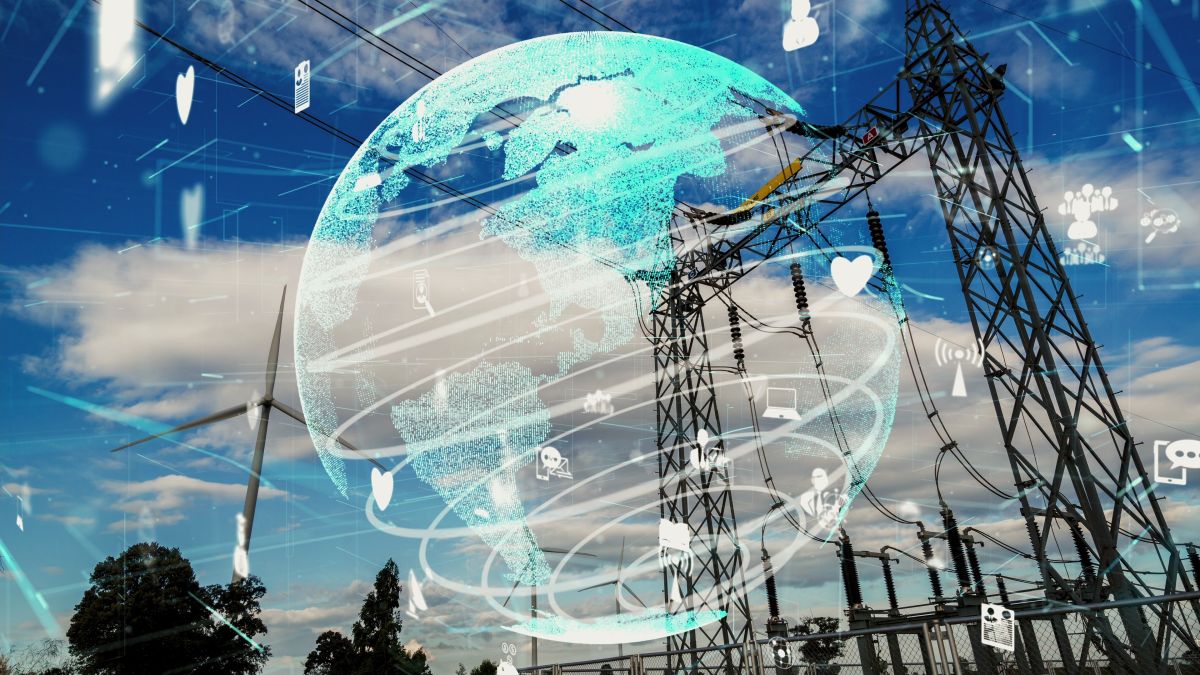The North American power grid is considered to be one of the most vital infrastructure systems, and it is simultaneously the weakest point within the system. Since modern grids operate on digital systems in the production, transmission, and distribution of electricity, the chances of cyber transit hacking and physical sabotage have been on the rise. In order to overcome this risk, the North American Electric Reliability Corporation (NERC) came up with a framework called Critical Infrastructure Protection (CIP) standards. These are enforced standards, which guarantee that power utilities have strong security against the changing cyber and physical risks of the Bulk Electric System (BES).
What Are NERC CIP Standards?
NERC CIP standards are cybersecurity and physical security requirements put in place on all entities involved in the operation of the BES. These are power utilities, regional transmission organizations, balancing authorities, and other registered bodies. The objective is to defend a critical infrastructure against an attack, a system effect, and an information leak.
They were created in collaboration with the Federal Energy Regulatory Commission (FERC) and are not voluntary, as entities must comply with these standards for their safety. Failure to comply may lead to huge penalties and enforcement. Every CIP standard addresses one particular functional or cybersecurity risk area and is revised on a regular basis to follow new threats.
Categories of NERC CIP Standards
The CIP standards are organized by function and risk category. Below are the key standards currently in effect:
- CIP-001: Sabotage Reporting
- CIP-002: Asset Identification and Classification
- CIP-003: Policy and Governance
- CIP-004: Personnel and Training
- CIP-005: Network Security
- CIP-006: Physical Security of Cyber Assets
- CIP-007: Systems Security Controls
- CIP-008: Cyber Security Incident Response
- CIP-009: Recovery Plans
- CIP-010: Change and Vulnerability Management
- CIP-011: Protection of BES Cyber System Information
- CIP-012: Control Center Communications
- CIP-013: Supply Chain Security
- CIP-014: Physical Security of Key Substations.
Why CIP Compliance Is Essential for Power Utilities

Following NERC CIP standards is more than a legal obligation—it is a strategic necessity. Here’s why:
- Grid Reliability and Security: Any hacking or even physical access may lead to waves of failures or disruptions in the power grid. The standards are CIP, the initial safeguard measure that such incidents will be avoided or resolved in the shortest time.
- Regulatory Compliance: FERC oversees the NERC CIP compliance, and failure to comply may attract fines, from tens of thousands to millions of dollars. Compliance ensures that there is no regulatory examination and expensive lawsuits.
- Reputation and Stakeholder Trust: By showing that they follow the CIP standards, organizations give credibility to their clients, stockholders, and government regulators. It demonstrates efficiency and concern with the safety of the populace in its operations.
- Operational Resilience: Utilities can respond to attack or failure much more effectively with well-planned change management, incident response, and recovery procedures in place, reducing the duration of outage.
- Competitive Advantage: Despite ongoing cyber threats, successful CIP compliance allows utility companies to position themselves as safe and reliable players in competitive markets.
Conclusion
With the current evolution of the power grid and further integration of digital systems into operational control, the priority of cybersecurity and physical asset protection has never been higher. The NERC CIP standards contain a clear and enforceable guideline that can be used to guide the power utilities to limit the damages that could occur to the critical infrastructure and guarantee the unlimited supply of power to millions of individuals. Compliance with CIP is not only a requirement of any utility that owns or operates facilities that are part of the BES, but it is also critical to the long-term, secure operations of the utility in question.
1. What percentage of NERC violations involve CIP standards?
2. What are the penalties for CIP noncompliance?
3. How often are CIP standards updated?
4. How many entities must follow CIP standards?
5. How many CIP standards must utilities comply with?
Disclaimer: Any opinions expressed in this blog do not necessarily reflect the opinions of Certrec. This content is meant for informational purposes only.












